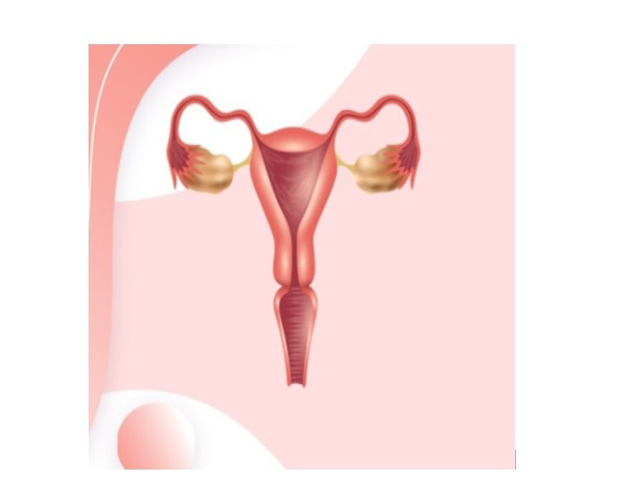
Japan’s 2025 Flu Outbreak: Early Arrival, Evolving Virus and Implications for Global Health
Japan is currently experiencing a significant and unusually early flu outbreak, sparking concern across Asia and putting global health systems on alert. ITM Hospital and Research Centre, Gwalior aims to provide essential insights and recommendations for the community and healthcare professionals, ensuring readiness and prevention in the face of this rapidly evolving situation.
Japan declared a nationwide flu epidemic in early October 2025, several weeks ahead of the usual influenza season. More than 4,000 individuals have been hospitalized, and over 135 schools and childcare centers have been shut as the country responds to the surge in cases. The outbreak has stretched hospital resources and triggered authorities to recommend widespread adoption of preventive measures, particularly among vulnerable groups such as young children and the elderly.
What Makes the 2025 Flu Outbreak Different?
The 2025 flu season in Japan began unusually early—around five weeks before the traditional peak in late November or December. Public health authorities warn the virus appears to be evolving quickly, with global travel and increased population movement contributing to the speed and reach of transmission. This year’s outbreak has shown a higher infection rate among children, likely due to close contact in schools, making them ‘super spreaders’.
Key Symptoms to Watch For
Those affected by the current flu outbreak in Japan typically display symptoms such as:
- High temperature or fever
- Coughing and sneezing
- Runny nose and sore throat
- Muscle aches and headaches
- Fatigue
Children may show milder symptoms but can easily transmit the virus to more at-risk individuals, such as elderly family members.
Prevention: What Individuals and Institutions Can Do
Prevention is crucial to contain the spread of influenza. Japanese health authorities and global experts strongly advise the following measures:
- Vaccination: Early vaccination remains the primary defense, especially for children, the elderly, and those with chronic conditions.
- Hygiene: Regular handwashing and the use of hand sanitizers are highly effective. Schools and workplaces should promote these habits.
- Mask-Wearing: Wearing masks in public and crowded places can significantly reduce transmission, a lesson reinforced during the COVID-19 pandemic.
- Social Distancing: Limiting mass gatherings and maintaining flexible attendance policies in schools and offices helps slow the virus’s spread.
- Stay Home When Sick: Isolating symptomatic individuals drastically cuts down the risk of outbreaks in community settings[1][2][4][3].
Impact on India and the Regional Context
While the outbreak originated in Japan, its implications are being felt across Asia, including India. Increased travel between Japan and India, along with dynamic virus adaptation, raises the prospect of similar outbreaks in neighboring countries. Indian states have been urged to prepare for possible local surges, particularly in healthcare facilities and schools. Surveillance and preventive strategies are being stepped up in line with global best practices.
Recommendations
To safeguard the health of the masses, these are the recommendations:
- Ensure influenza vaccination is up-to-date for all high-risk individuals.
- Encourage strict adherence to hygiene protocols in public places, especially schools and healthcare facilities.
- Promote public awareness on the symptoms of flu and the importance of early medical intervention.
- Maintain ample stocks of antiviral medications and essential supplies.
- Monitor for updates from global and national health authorities regularly for latest guidance.
Frequently Asked Questions
Is the Japanese Flu the Same as Japanese Encephalitis?
No, the current Japanese flu outbreak refers to influenza viruses (mainly influenza B/Yamagata lineage and sometimes A strains), not Japanese Encephalitis, which is a mosquito-borne viral infection with different symptoms and preventive measures.
Can Indian Travellers Catch the Flu in Japan?
Yes, and Indian travelers to Japan should be especially vigilant. Preventive hygiene, mask-wearing, and vaccination are strongly advised. Flu vaccination prior to travel is recommended for those at greater risk.
Is Vaccination Available and Effective?
Yes, the flu vaccine remains the most effective tool for prevention. It is available in most healthcare facilities and should be administered annually to remain protected against evolving virus strains.
Conclusion
The 2025 Japanese flu outbreak provides a sobering reminder of how quickly infectious diseases can spread and adapt. By following expert recommendations on vaccination and hygiene, communities such as Gwalior can strengthen their defenses and minimize health risks. ITM Hospital and Research Centre remains committed to the health and safety of all patients and will continue to provide updates and care in this evolving situation.









